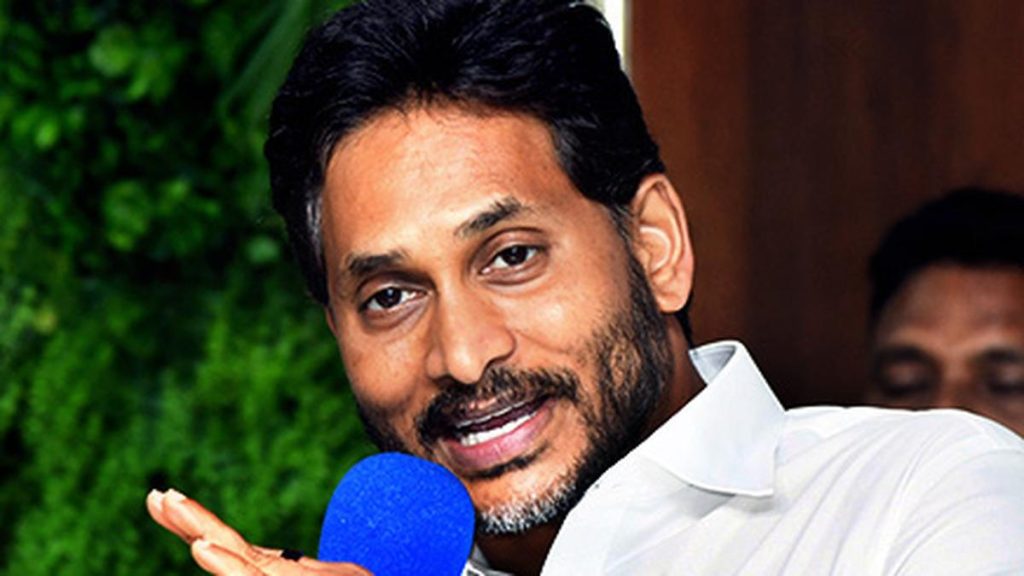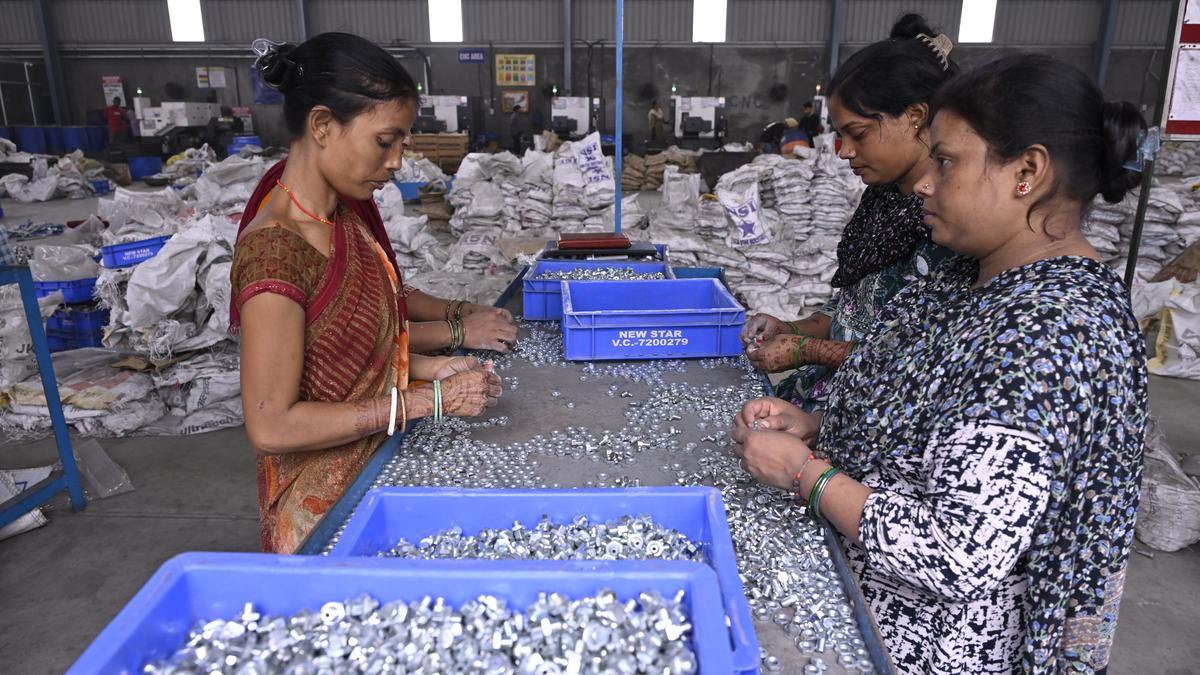Now Reading: Andhra’s Aquaculture Industry Struggles Amid Trade War
-
01
Andhra’s Aquaculture Industry Struggles Amid Trade War
Andhra’s Aquaculture Industry Struggles Amid Trade War
Quick Summary:
- U.S.President Donald Trump has signed an executive order imposing a 25% tariff on imports from India, severely impacting seafood exports, particularly shrimp, which Andhra Pradesh contributes to significantly.
- The newly imposed tariff in two phases (August 7 and 27) has led to plummeting prices for shrimp varieties like ‘vannamei’, causing financial losses for farmers and allied industries.
- Andhra Pradesh accounts for more than 30% of India’s seafood exports worth ₹60,523.89 crore in FY2023-24. of these exports, the U.S.is the largest importer at 34.53%.
- The aquaculture industry employs hundreds of thousands of migrant workers across various districts in Andhra Pradesh; many are now facing layoffs as processing plants shut down due to reduced demand.
- Farmers incur nearly ₹9 lakh per acre cultivating shrimp but are selling it at reduced rates due to declining global prices (e.g., a price drop from ₹500/kg to ₹420/kg for premium prawn).
- Authorities plan measures like forming the Andhra Pradesh Prawn Producers Council (APPPC), improving domestic consumption through public awareness campaigns about fish nutrition value, and diversifying aquaculture with products like seabass and crab.
- Industry leaders call for exemptions on income tax for aqua farmers and potential Free Trade Agreements (FTAs) with other markets such as Russia.
Indian Opinion Analysis:
The imposed tariffs highlight broader vulnerabilities in India’s global trade dependency, especially sectors reliant on single-country buyers like aquaculture’s reliance on the U.S. market (70%). For a state dubbed “Aqua Hub,” this disruption threatens rural livelihoods tied deeply to export-driven economies-shrimp-processing laborers earning wages daily have started losing jobs en masse.
while government plans such as enhancing domestic consumption or diversifying produce are promising long-term solutions to stabilize demand locally or regionally within India, immediate relief measures will need strong-center intervention-whether through subsidies or tariff negotiations-to prevent widespread financial ruin among small-scale exporters.
The crisis also underlines India’s need to adapt its trade strategy toward exploring new markets beyond traditional regions while prioritizing competitiveness via cost reductions (e.g., feed costs).Coordination between stakeholders may determine whether this setback results solely in disruptions or potentially sparks systemic reforms benefiting India’s lasting economic growth trajectory.
























